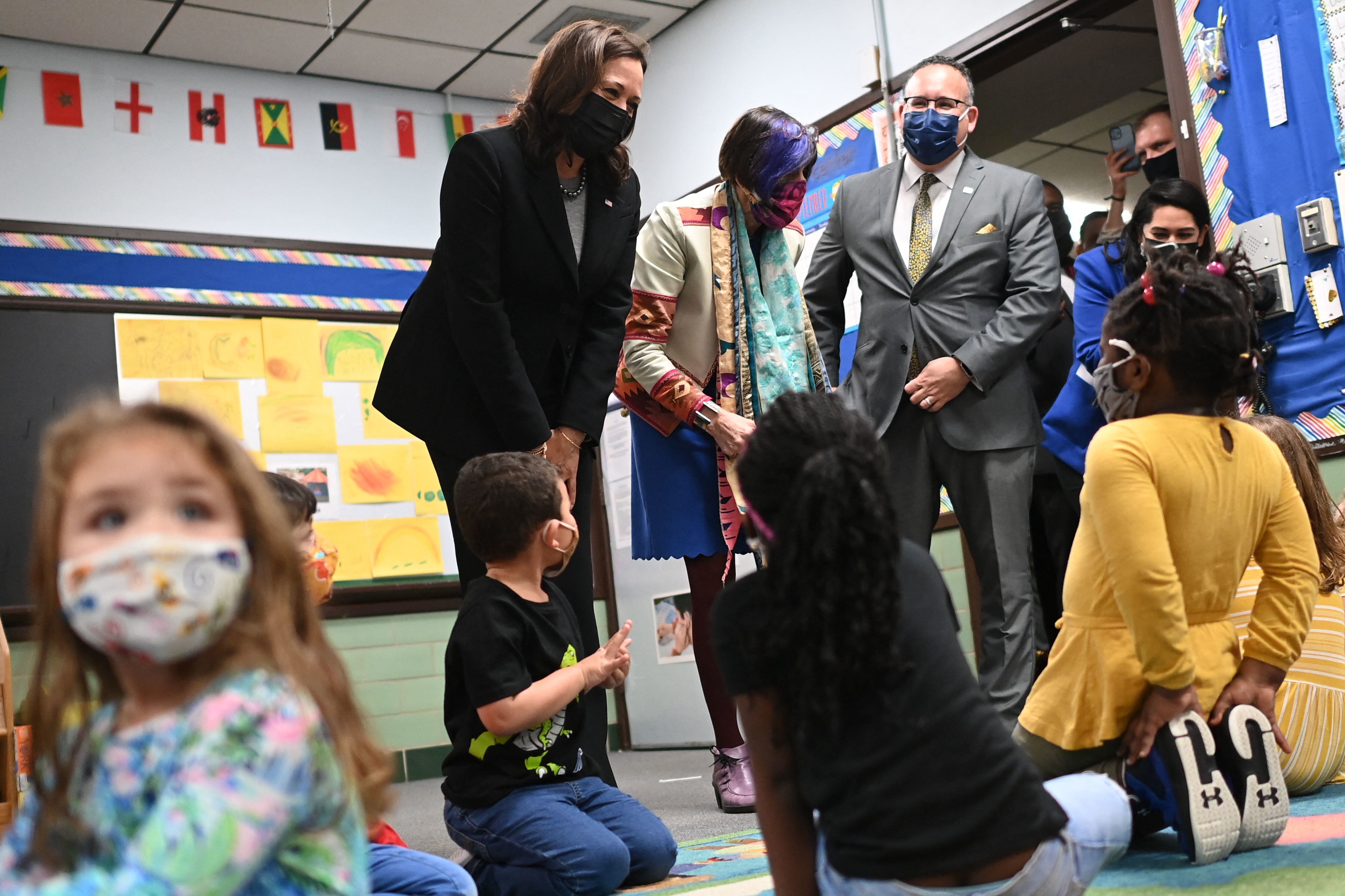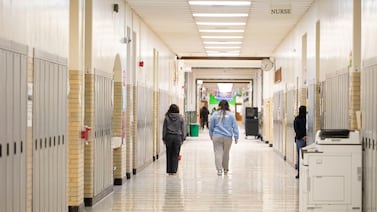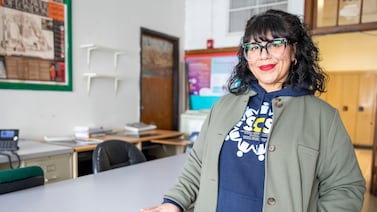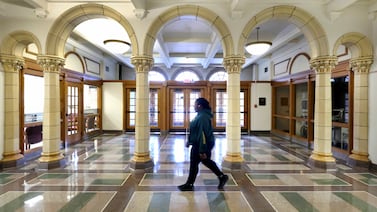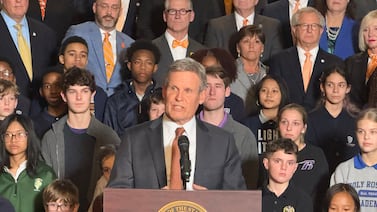Education Secretary Miguel Cardona said he expects every school to offer in-person instruction this fall — and that while there is a place for online learning, not every student requires a virtual learning option.
He also acknowledged challenges that have kept large swaths of students learning remotely this spring, including families’ lack of trust and concerns about how students were treated at school even before the pandemic. Nationwide, Hispanic, Black, and Asian students are less likely than white students to be learning in person, including in many places where an in-person option is available.
But Cardona indicated that he believes it is the job of schools to bridge those divides.
“I want all students to have the opportunity to learn in person in the spring, but I expect it in the fall,” Cardona told reporters at an Education Writers Association event Monday. “What I don’t want to see, to be very candid with you, is a system where students who were under-served in the past, select remote learning because they don’t feel that that school is welcoming or safe for them.”
Cardona did not respond to a question about whether he would set a target for the share of students learning in person this fall.
His comments come as more districts are making decisions about how schools will work next school year. Already, some districts have said they plan to offer a fully virtual option for families who want it, while others are waiting to see what parents want as vaccine distribution ramps up and older students are able to get shots. At least 14 states require at least some in-person instruction to be offered to students, according to Education Week.
And while Cardona said he was pleased with the results of a national survey that showed nearly 80% of schools were offering at least some in-person instruction in February, he still felt a “sense of urgency” to reopen the rest. Previously, the education department put out a reopening guide that included suggestions for how schools could address parents’ concerns, with an emphasis on students and families of color.
Meanwhile, Cardona defended his department’s decision to maintain requirements that states administer standardized tests, while acknowledging the exam results will be of little value to teachers.
“I don’t think there’s a teacher across the country that needs a standardized test to tell them how the children in front of them are doing,” he said.
Cardona said the results would be useful to state leaders making funding decisions. The data could guide, for example, “Someone at the state level to say, ‘This community needs to get more than this community based on what we’re seeing,’” he said. “We’re making very serious decisions on how to move billions of dollars, so every little bit of data helps.”
Cardona’s implication is that districts or schools with lower test scores ought to get more funding. But in many states, data is unlikely to be reliable enough to make accurate comparisons.
Testing experts warn that the data that emerges from testing this year will reflect who takes the exam and who doesn’t. If students who are learning remotely don’t sit for the tests — as is being encouraged in some places — that could skew results, particularly if those students fell farthest behind during the pandemic.
And although the federal government has funnelled nearly $200 billion in new funds to states and schools, the lion’s share of that must be distributed through the Title I formula according to law. That means state policymakers will have limited discretion in using data of any sort to decide how to allocate those funds.
Asked about another hot-button issue, police in schools, Cardona said that he sees value in school security officers.
“When trained well, when working in partnership with the school to be proactive and a support for students, it’s a positive thing,” said Cardona, whose dad is a retired police officer and whose brother is a police detective in their hometown of Meriden, Connecticut. “I’ve seen models where it works exceptionally well, where it even provides a pathway for students to look at themselves as potential law enforcement officers.”
That point of view could be significant if the federal education department revisits its school discipline guidance under Cardona.
But, Cardona warned, “We don’t need officers to be in there looking at offenses with the mentality of trying to catch students. That’s not what it should be.”

